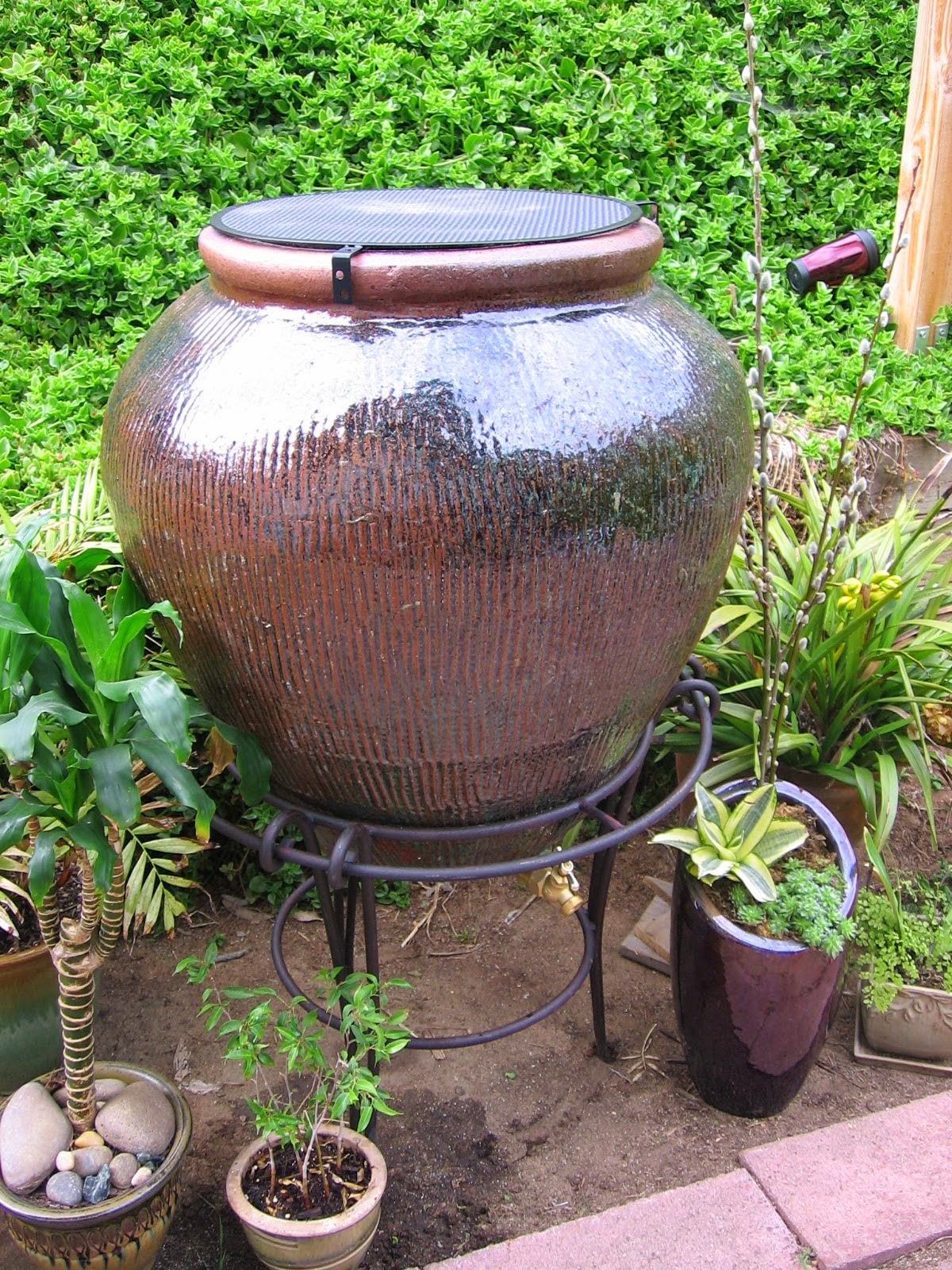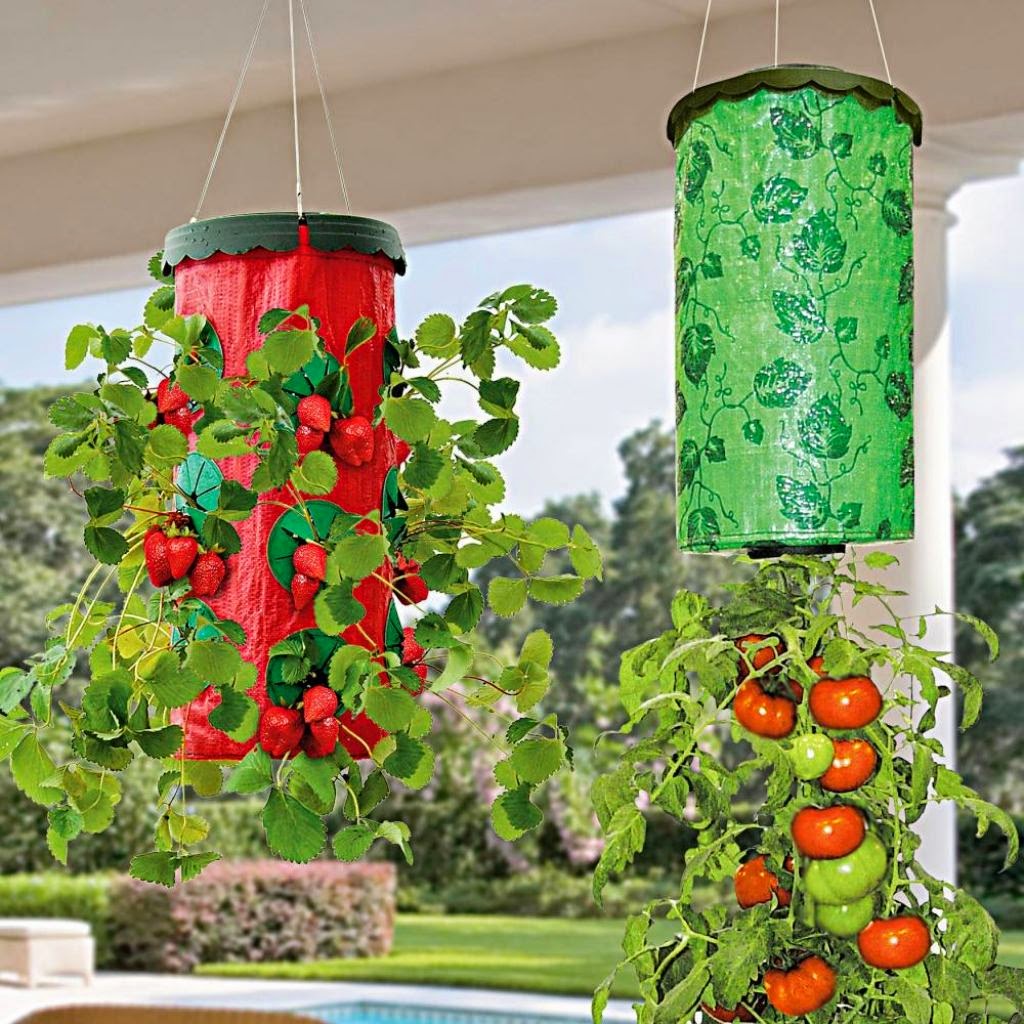“By employing the intelligence of natural systems we can create industry, buildings, even regional plans that see nature and commerce not as mutually exclusive but mutually coexisting.” – Brad Pitt
We all are well aware of the phenomena of global warming and it’s negative impact upon us. That’s why we should also know the importance of advocating a sustainable living to protect our planet earth. Don’t we?
According to a study by World Health Organization(WHO) global warming causes 150,000 deaths each year and CO2 is the main culprit behind it. Carbon Footprint is a measure that is defined as the amount of carbon dioxide released into the atmosphere as a result of the activities of a particular individual or organization. But the good news is we can definitely combat it by employing an Eco-friendly way of living. And building sustainable architecture is an indispensable part of it.
Principles of an Eco Friendly Architecture
1. Conserve Energy Efficiently:
Energy conservation is the first and foremost step for creating any green architecture. For doing so we need to use more energy efficient appliances like CFL lighting, automated sensor devices for controlling lights and air-conditioning, low power computers etc. The plumbing system should always be centralized with insulated cold/hot water piping. Using solar energy panels and heat pump technology are also an effective way for energy conservation. Besides we can also design our home in such a way so that we can make the optimum use of natural sun lights.
2. Every Drop Counts:
Water is an important part of our ecosystem. So everyone should learn to use it wisely. For example collect rainwater and use it for watering plants, washing cars etc. We should also water conserving appliances such as low flow faucets, water saving dual flush tanks in bathrooms, washing machines and dishwashers.
3. Growing Edible Gardens:
4. Use Organic and Low VOC Material:
The thumb rule for any community living should be “Think globally, Act locally”. There should be some balance between ecological integrity and economic viability. To achieve that we should consider using local made products, labours, skills and other resources. We can also get rid of burning lot of fossil fuels by availing facilities and utilities that are locally available to us.
By following all of these principles of an Eco Friendly Architecture we can certainly work towards creating a sustainable and safe future for us as well as for our next generations.


















